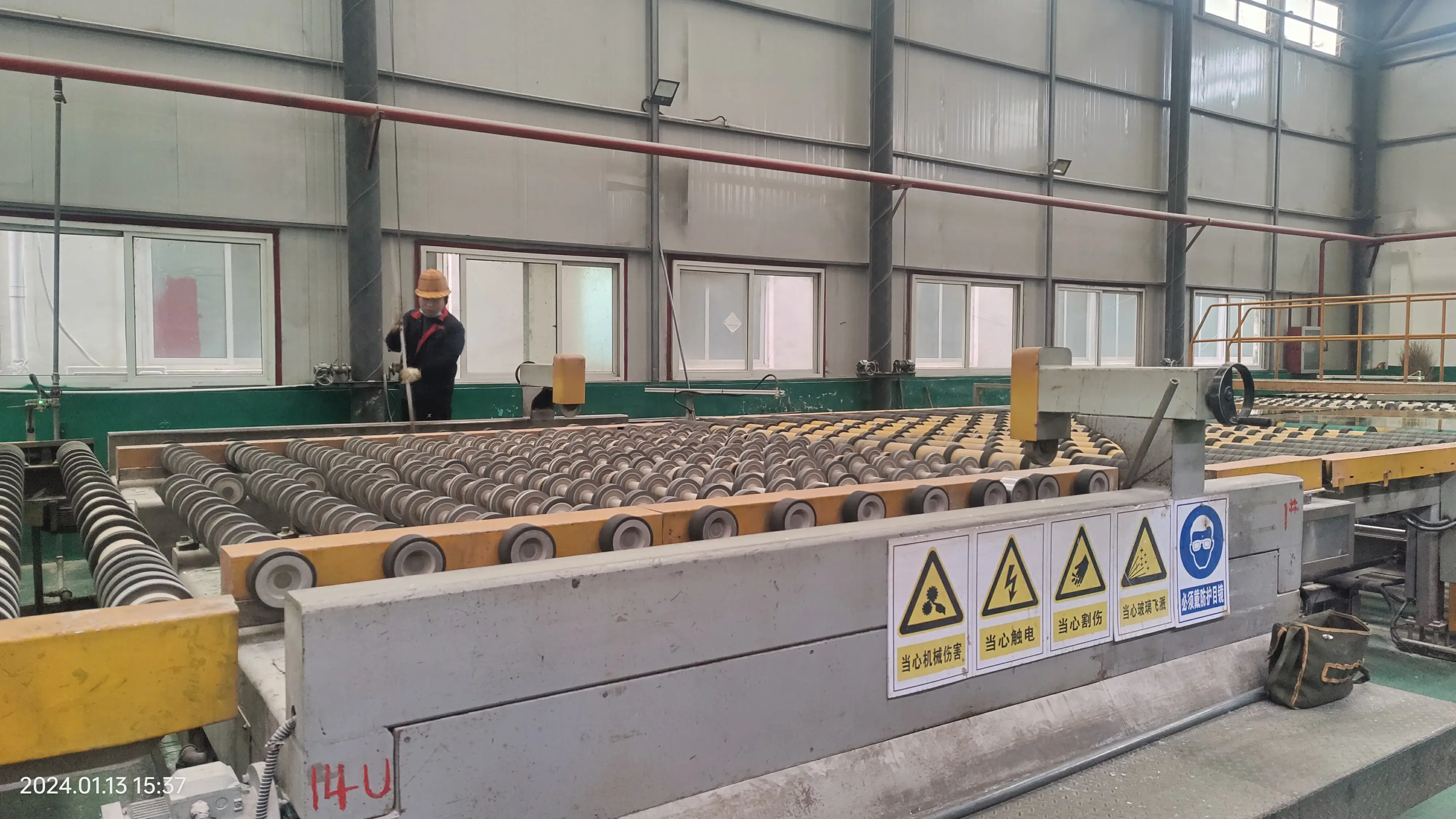

The Artistic Transition Clear to Frosted Glass
In the realm of interior design and architecture, glass has long been celebrated for its versatility and transformative qualities
. Among the various types of glass, the transition from clear to frosted glass represents not just a change in appearance, but also a shift in functionality and ambiance.Clear glass, with its transparency and clarity, serves as a bridge between the indoors and outdoors. It invites natural light into a space, creating an open and airy atmosphere. Large windows or glass walls can dissolve the barriers of traditional architecture, offering unobstructed views of nature and the urban landscape. This transparency can enhance feelings of freedom and connection to the outside world, making spaces feel more expansive and welcoming.
However, while clear glass enhances visibility, it can also pose challenges in terms of privacy and glare. In spaces where solitude and confidentiality are paramount—like offices, bathrooms, or conference rooms—frosted glass emerges as an elegant solution. Frosted glass is created through a process that sandblasts or acid etches the surface, resulting in a translucent material that diffuses light while obscuring visibility. This transformation allows spaces to retain natural light without sacrificing privacy.

The aesthetic qualities of frosted glass are equally compelling. It carries a modern and sophisticated look, making it a popular choice for contemporary design. The soft, diffused light that passes through frosted glass can create a serene ambiance, transforming ordinary spaces into sanctuaries of calm. Whether used in sliding doors, partitions, or shower enclosures, frosted glass adds a layer of subtle elegance.
Moreover, the use of frosted glass in design can inspire creativity and personal expression. It can be incorporated into various elements, from decorative panels that serve as art pieces to functional installations that enhance architectural features. Designers often play with patterns and textures in frosted glass to create visually striking elements that can complement a variety of styles, from minimalist to eclectic.
Another significant aspect of frosted glass is its energy efficiency. By diffusing sunlight, it can help to reduce glare that often leads to excessive heat in spaces filled with clear glass. This can contribute to a more comfortable indoor environment, reducing the need for artificial lighting during the day while also potentially lowering energy costs.
In conclusion, the transition from clear to frosted glass encapsulates a compelling dialogue between transparency and privacy, light and shade. As trends in design continue to evolve, the manipulation of glass remains a powerful tool for architects and designers seeking to blend aesthetics with functionality. By embracing both clear and frosted glass, spaces can achieve a harmonious balance that caters to the diverse needs of their inhabitants, while still celebrating the beauty of light in all its forms.